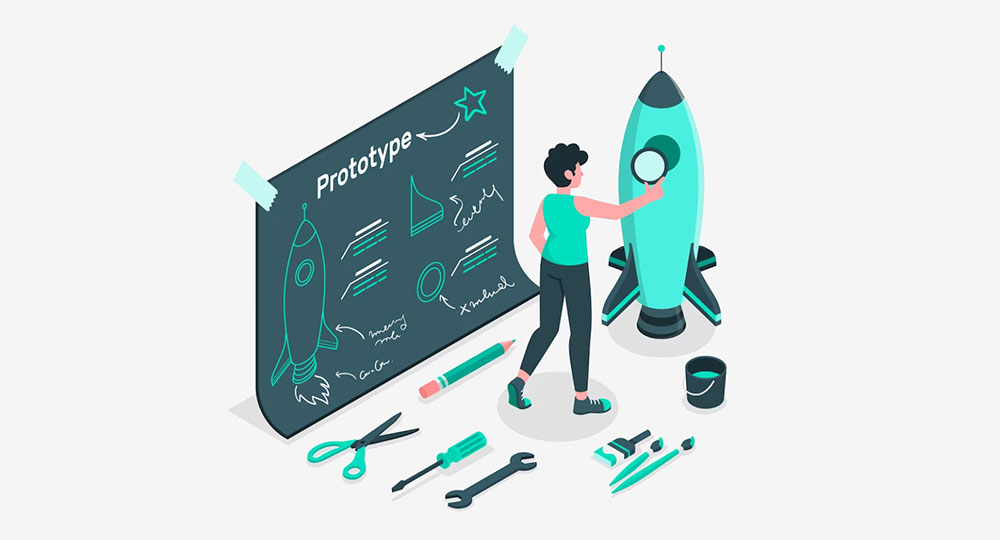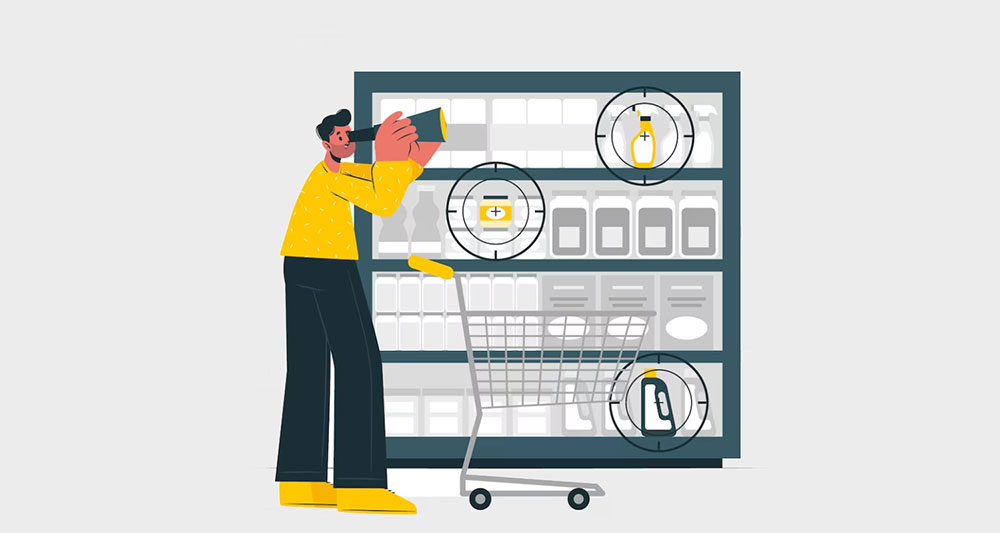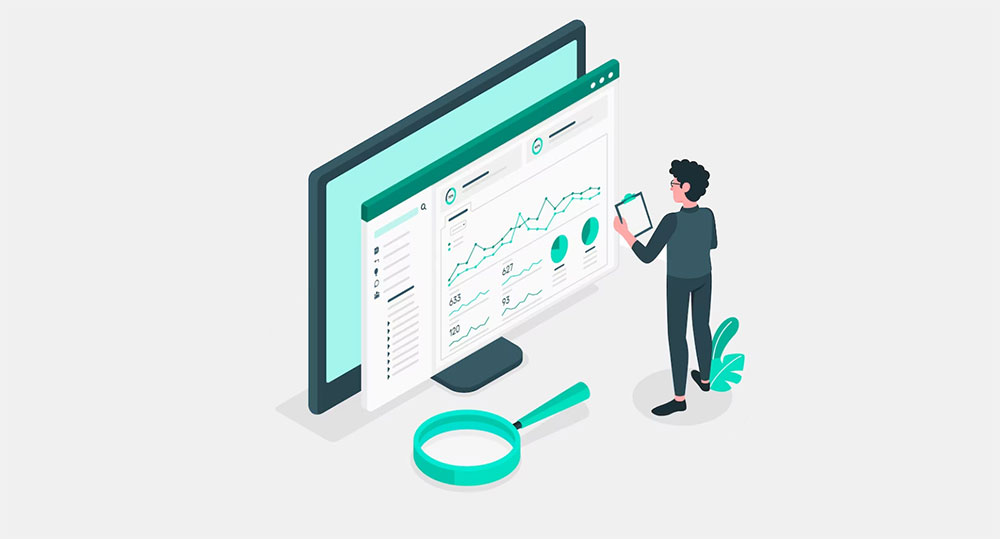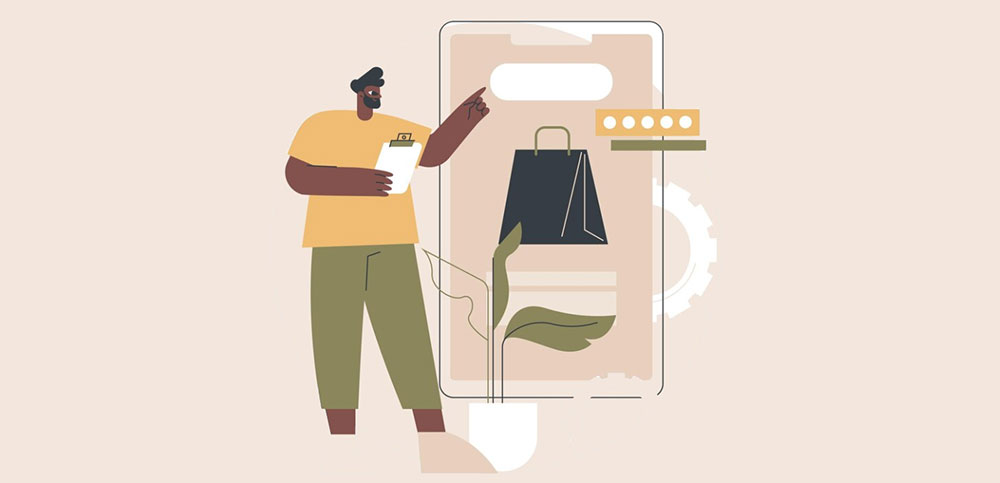Picture a sculptor, tirelessly chiseling away to transform a block of marble into a masterpiece. Now, pivot that image to the digital realm—that’s where the artistry of product iteration takes center stage.
Every sleek app and software we interact with is the result of meticulous crafting and re-crafting, a process often overlooked yet paramount to success.
In the throbbing heart of tech’s evolution, each iteration marks an adventurous leap toward the ever-shifting summit of user expectations and market demands.
From the spark of prototype cycles to the polish of incremental improvements, this is where ideas flex their muscles and morph into better, bolder versions.
Dive in, and you’ll emerge with a richer understanding of the iterative beats that resonate through the lifeblood of any product.
This craft is an intricate dance of user feedback, agile methodologies, and UX design—a rhythm I’ve come to know intimately.
By traversing this digital landscape together, you’ll unpack the secrets to enhancing features, harnessing user-centered design, and pushing beyond the beta release to unveil a product’s true potential. This is about shaping excellence—one iteration at a time.
Key takeaways
- Feedback-Driven Improvement: The iterative process is heavily reliant on user feedback. Gathering and implementing user feedback is essential to improve the product continuously.
- Balancing Vision and User Needs: A successful iteration balances the founder’s vision with user feedback. While user feedback guides the direction of the product, the founder’s vision ensures that the product stays on track with its original goals.
- Real-World Success Stories: Iterative development has been key to the success of platforms like Wikipedia and services like Gmail. These examples showcase how products evolve and improve over time through continuous feedback and iteration.
- Avoiding Common Pitfalls: A common mistake in iterative development is overlooking user feedback or not having a clear vision for the product. To overcome this, it’s important to actively collect user feedback and have a well-defined vision from the start.
Understanding the Iterative Approach in Product Development

Now, let’s get a grip on this whole iterative development concept. Imagine you’re building a website.
You wouldn’t just create the entire thing at once, right?
First, you’d make a basic layout, then add some features, test it out, get some feedback, and then revise. That’s what we call an iterative approach. It’s about developing in cycles, improving with each turn.
Comparison of Iterative Development and Traditional Development
Now, let’s talk about iterative development and traditional development. You might think of them as the new-school and old-school methods of developing products. Traditional development is like a one-shot deal. You make the whole thing at once, then launch it out into the world, hoping it works.
On the flip side, iterative development is like a journey. You start with something small, then build on it, test, and improve. This way, you’re always in touch with the market pulse and you can adapt on the fly. Sounds better, doesn’t it?
The Iterative Process in Agile Methodology
Agile Methodology is like a best friend to iterative development. They go hand in hand, supporting each other. In Agile, we break the work down into smaller parts, or ‘sprints’. These sprints are like mini-projects. We create, test, get feedback, and then iterate.
Imagine you’re making a mobile app. The first sprint might be to create the login page. You build it, test it, and then refine it based on the feedback. That’s the iterative process in action, right within Agile Methodology. It’s like two pieces of a puzzle fitting perfectly together.
Steps in the Iterative Process
First things first, we need to know what we’re building. Whether it’s a product or a sprint in an Agile project, it needs to have a clear definition.
Think about the basic layout of a website or the core functions of an app. This is like our starting point, our foundation.
It doesn’t have to be perfect at this stage, remember, we’re all about iterating here!
Crafting the Product or Sprint Plan
Once we’ve got a clear idea of what we’re working on, it’s time to create a plan. This plan includes all the finer details of the product or sprint.
Think of it as a roadmap, showing us where we’re heading. This plan also includes timelines, responsibilities, resources, you name it! It’s our guiding star in the journey of product iteration.
Building the Product or Sprint
Now comes the fun part, building the actual product or sprint. This is where we put our plan into action, creating the first version of our product.
It’s like the first draft of a story, it gives us a starting point to work from.
Releasing and Evaluating the Product or Sprint
Once our product or sprint is built, we release it into the wild. But our work doesn’t stop here, far from it! Now, we step back and evaluate our creation.
We look at how well it’s performing, what’s working, and what’s not.
Collecting and Implementing Feedback
This is the heart of the iterative process – feedback. We listen to what our users have to say about our product.
Their insights can show us areas for improvement we might not see ourselves. Once we have their feedback, we implement it. We take their suggestions and use them to improve our product.
Repeating the Process
Remember, iteration is all about cycles. So, after we’ve implemented the feedback, we go back to the start.
We define a new product or sprint, create a plan, build it, release it, evaluate, and then collect and implement feedback. It’s a never-ending cycle of improvement.
Balancing User Feedback and Founder’s Vision in Iteration
Importance of User Feedback in Iteration
When it comes to iteration, user feedback is crucial. It’s like a compass, pointing us in the direction we need to go.
Users are the ones interacting with our product, so their insights can help us make it better.
Role of Founder’s Vision in Guiding Iteration
However, we can’t forget about the founder’s vision. This is the big picture, the ultimate goal of our product.
It guides us through the iteration process, ensuring we stay on track.
Challenges in Balancing User Feedback and Founder’s Vision
Balancing user feedback with the founder’s vision can be a tricky dance. Sometimes, they might not align perfectly.
The challenge is to find a balance, to create a product that meets user needs but also stays true to the founder’s vision.
Expert Opinions on Balancing User Feedback and Founder’s Vision
Many experts believe that the key to balancing user feedback and founder’s vision lies in communication and flexibility.
It’s important to keep an open dialogue with users and to be flexible in our approach. We need to remember that our goal is to create a product that serves our users while fulfilling the founder’s vision.
Product iteration is a continuous cycle. It’s about taking a product, breaking it down, and then improving it bit by bit. It’s about staying flexible, staying open to feedback, and staying true to our vision.
It’s what helps us create products that truly resonate with our users. Stay tuned, as we’re going to dive deeper into how product iteration plays out in real-world scenarios and different industries.
Iterative Product Development in Practice
Real-world Examples of Iterative Product Development
It’s time to get our hands dirty and dive into some real-world examples. Let’s take the world’s biggest encyclopedia – Wikipedia. This platform started off pretty basic, with minimal features.
But over time, they implemented changes based on user feedback, gradually becoming the information powerhouse we know today. That’s iterative product development in action!
Another example is Gmail. Remember when it first launched?
It was pretty straightforward, just email. But now, it’s packed with features like calendar integration, cloud storage, and even a personal assistant.
These features weren’t there at the start. They were added gradually, following iterative cycles of feedback and improvement.
Success Stories and Lessons Learned
Iterative development has led to some incredible success stories. Facebook, for instance, started as a simple platform to connect Harvard students. But through iterative development, it expanded and refined its features, eventually becoming the global social networking giant it is today.
The key lesson here is that no product starts out perfect. It’s through multiple rounds of iteration, through learning from feedback and implementing changes, that we can truly make a product shine.
The Role of Iterative Development in Different Industries
Iterative Development in Tech Startups
In the tech startup world, iterative development is practically the norm. Startups need to move fast, adapt, and innovate, which is what iterative development is all about.
They start with a minimal viable product (MVP) and then iterate based on user feedback and market demands.
Iterative Development in Manufacturing
Even in industries like manufacturing, iterative development finds its place. Prototypes are created, tested, modified, and tested again until they meet the desired standards.
This process of iteration helps reduce errors, optimize design, and create products that truly meet customer needs.
Iterative Development in Healthcare
In healthcare, iterative development might involve developing new medical equipment or refining patient care models. It’s all about continuous improvement, ensuring the best possible outcomes for patients. It’s a testament to the versatility of iterative development, how it can be applied across such varied industries.
Potential Challenges and Solutions in Iterative Development
Common Mistakes in Iterative Development
Like any process, iterative development has its pitfalls. One common mistake is skipping the user feedback phase.
Remember, without feedback, we won’t know what needs to be improved. Another mistake is not defining a clear vision or objective at the start. Without a destination in mind, our iterative journey can quickly go off track.
Strategies to Overcome Challenges in Iterative Development
The good news is that these challenges can be overcome.
For instance, always prioritize user feedback. Make it a point to collect, analyze, and implement user insights. Also, ensure a clear vision is set at the start. This will guide your iterative process, keeping you on track towards your ultimate goal.
FAQ On Product Iteration
What exactly is product iteration in the tech industry?
Product iteration—it’s the tech world’s bread and butter. You’ve got an idea, you mold it, launch a minimum viable product (MVP), then tweak it relentlessly.
The goal? To make it resonate with users and shine in the marketplace. Think improved features, better user experience, and evolving over multiple cycles.
How does product iteration differ from a complete overhaul?
A complete overhaul is like gutting the house; product iteration is redecorating room by room. It’s about incremental improvement, refining step by step based on user feedback, not scrapping the whole thing.
It’s iterative design in action, enhancing without starting from scratch. One focuses on evolution, the other on revolution.
Why is user feedback vital to the iteration process?
Ever tried guessing what someone else craves for dinner? Hit and miss, right? User feedback in product iteration is the compass that guides development cycles. It’s getting the actual order from your users, so each iteration serves up a better dish—or in our case, a product they’ll love using.
Can you explain the role of Agile methodology in product iteration?
Agile is like the secret sauce in the kitchen of product iteration. It’s not just a process but a mindset—flexible, fast, collaborative. Gone are the days of siloed, rigid development sprints. Agile has us sprint planning with the team, adapting on the fly, and delivering a tastier product bite by bite.
What challenges are commonly faced during product iteration?
The path of iteration is strewn with hurdles: deciding what to change, aligning with market shifts, keeping the team on the same page. Sometimes, the feedback loop gets tangled, or the tech gets stubborn. But that’s the game—we troubleshoot, pivot, and keep the iterative process marching forward.
How do you know when to stop iterating on a product?
Knowing when to stop is like catching the last train home—you don’t want to miss it. After nailing down the market fit analysis, when the returns on changes flatline or the user experience plateaus, that’s your cue. It means your product’s found its groove, at least for now.
In what ways do product iterations impact time to market?
Iterations can be a double-edged sword. Done right, using lean startup approach and agile development, they’ll get you to market quicker with a solid MVP.
Poorly executed, they’ll have you running in circles, delaying launch. It’s all about smart, swift tweaks that propel you forward without unnecessary detours.
How important is cross-functional teamwork in product iterations?
Essential. Picture a relay race—every leg, every handoff, is crucial. Cross-functional teamwork is like that. You have devs, designers, marketers, all passing the baton, syncing their strides for a smooth race. Success in iterations hinges on this relay—each team member adds value, pushing the product further.
What tools are commonly used to manage product iteration?
Managing product iteration? There’s a tool for every taste. Project management apps like Jira or Trello help track progress. Communication tools—think Slack—keep the feedback loop alive.
And for keeping everything testing-wise on the straight and narrow? Platforms like UserTesting can be real MVPs in gathering those golden nuggets of feedback.
How does product iteration contribute to the overall user experience?
Like cheese to pizza, product iteration is everything to the user experience. Iterating is about fine-tuning based on real user insights, making the experience smoother, more intuitive, more delightful.
It’s a commitment to constant enhancement, shaping the product into something users didn’t even know they needed, but now can’t live without.
Conclusion
So, circling back to where the rubber meets the road—product iteration. It’s the heart-thumping, pulse-racing marathon every savvy designer knows by heart. Those iterative dances, marked by design refinement and quality assurance, aren’t just tasks; they’re the chapters of a success story etched in digital ink.
The journey’s been peppered with insights, like flavor explosions in a gourmet dish:
- Embracing the iterative process.
- Valuing user feedback like treasure.
- Sprinting with Agile methodology as our north star.
Each pixel adjusted, every line of code tweaked in the echo of silent keyboards, has edged us closer to what users crave. It’s been a concoction of innovation cycles and market fit analysis, with a dash of continuous development, brewing a concoction that meets the moment.
As keystrokes fade and screens dim, let this sink in—the right blend of vision, adaptability, and relentless pursuit is what translates into products that don’t just function, but thrive.
If you liked this article about product iteration, you should check out this article about product validation.
There are also similar articles discussing user adoption strategies, product monetization strategies, product branding, and product-led onboarding.
And let’s not forget about articles on product documentation, product-led sales, PLG vs SLG, and product management with Monday.
- Design Collaboratively: UX/UI Apps Like Figma - April 28, 2024
- Unlocking Capabilities: What is JavaScript Used For? - April 28, 2024
- Creative Collages: Designing with Apps Like PicCollage - April 27, 2024









